No description yet: Can you help?
Crown Building CP2
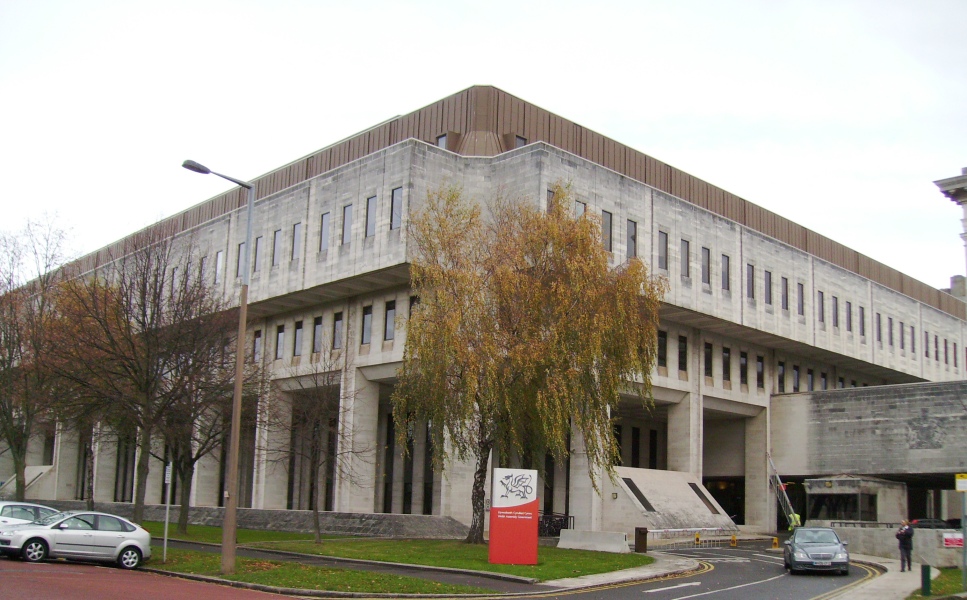

No description yet: Can you help?
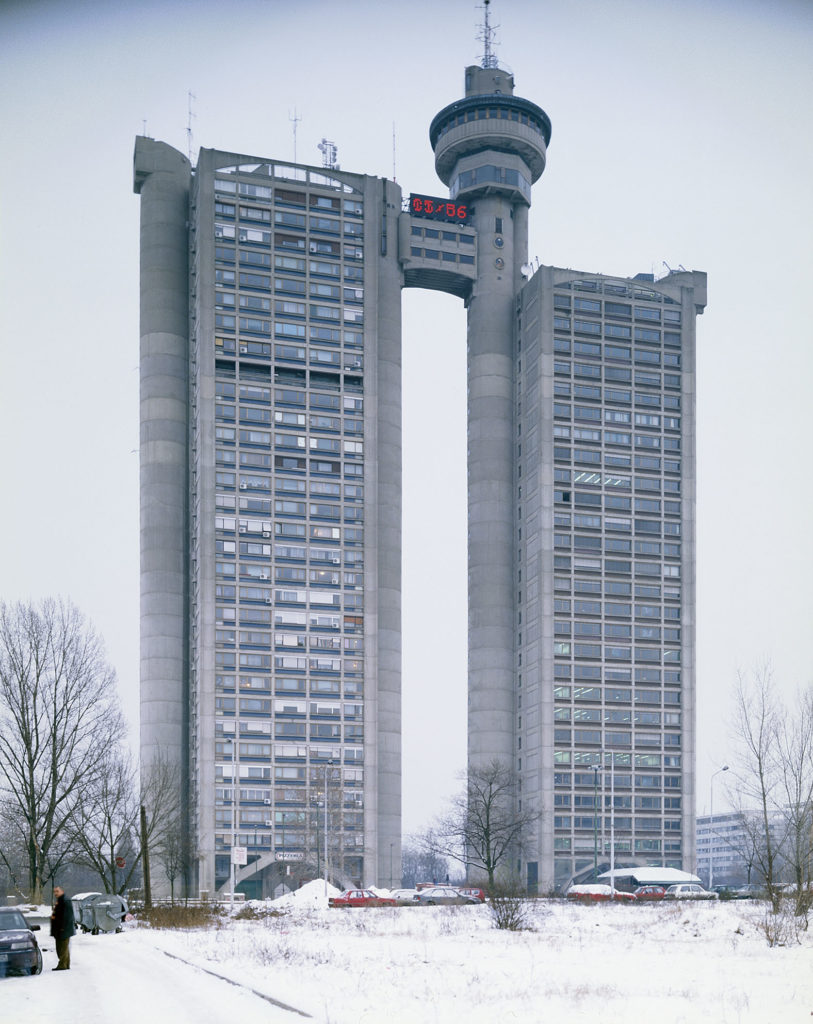
The Genex Tower (Serbian: Kula Geneks), or Western City Gate is a 35-storey skyscraper in Belgrade, Serbia. It is formed by two towers connected with a two-storey bridge and features a revolving restaurant at the top. With around 140m it is the second…
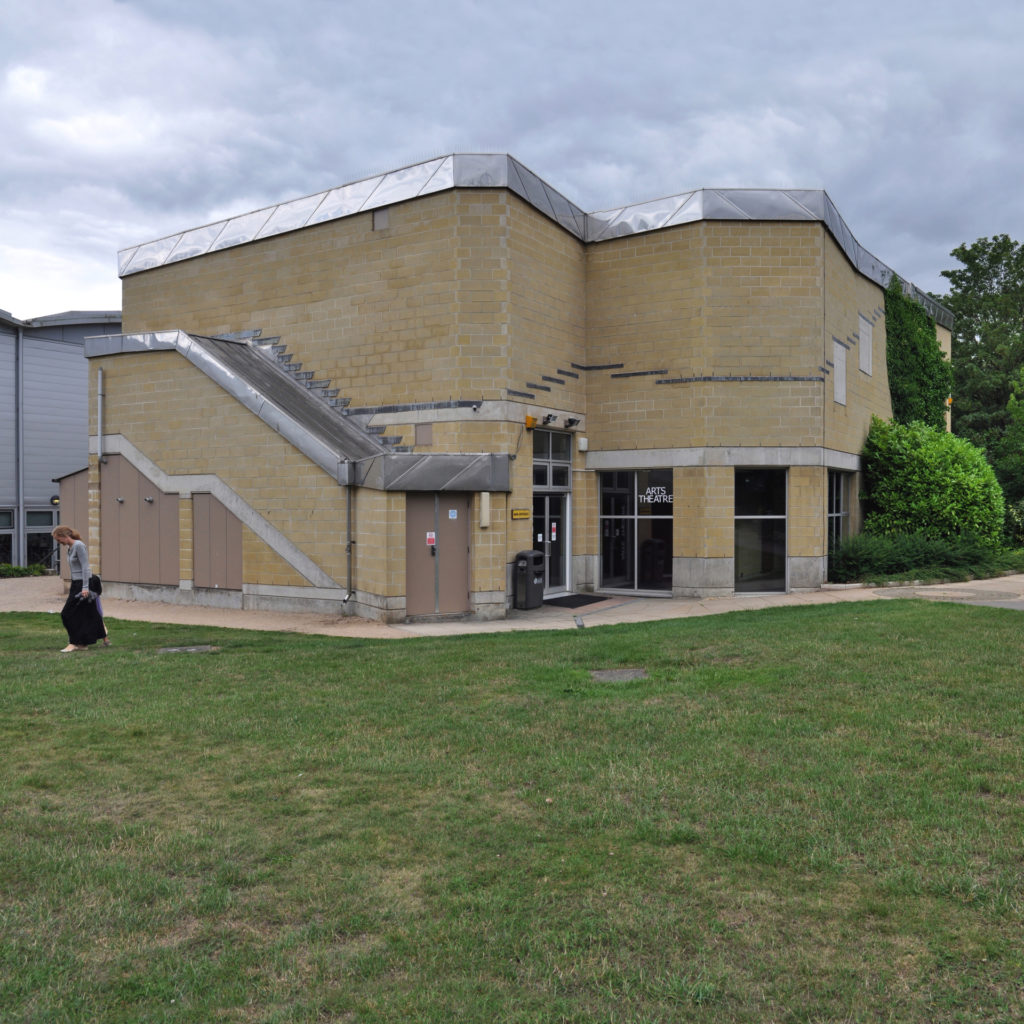
No description yet: Can you help?
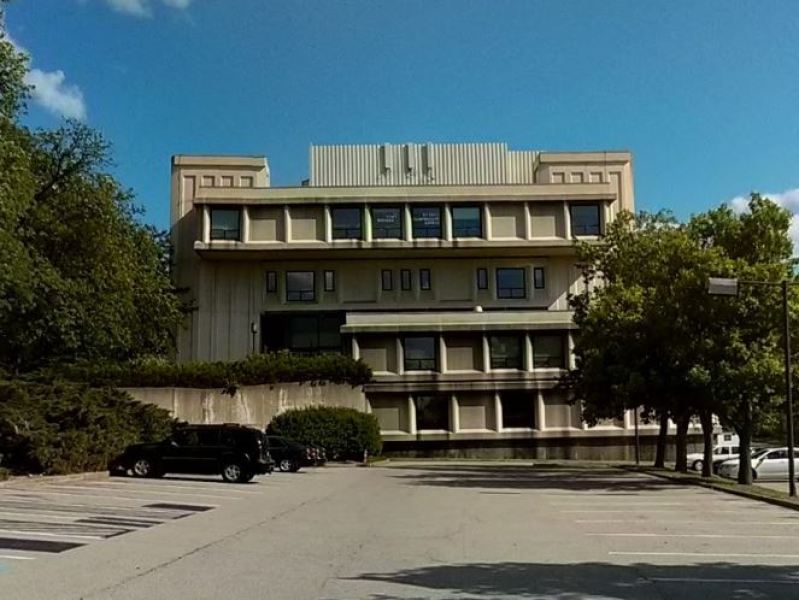
Four large tower structures flank the library building that takes Modernist aesthetics of receeding and protruding cubic elements to a Brutalist extreme. The inverted pyramid scheme and window designs are reminiscent of La Tourette. The monumental stone…
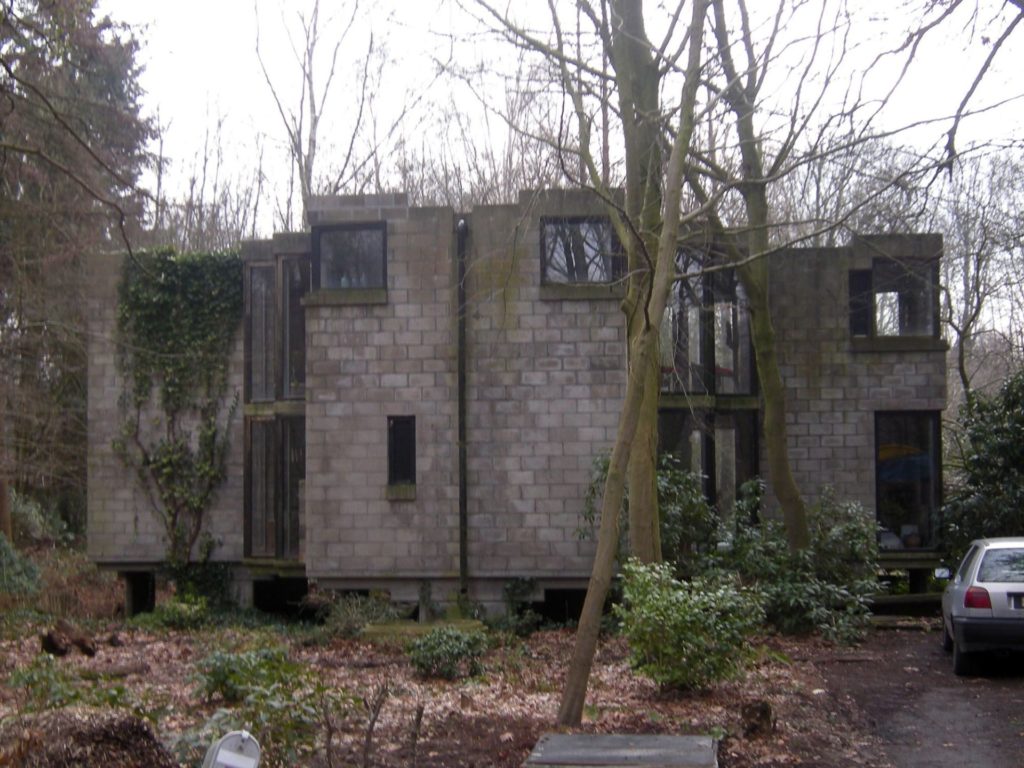
No description yet: Can you help?
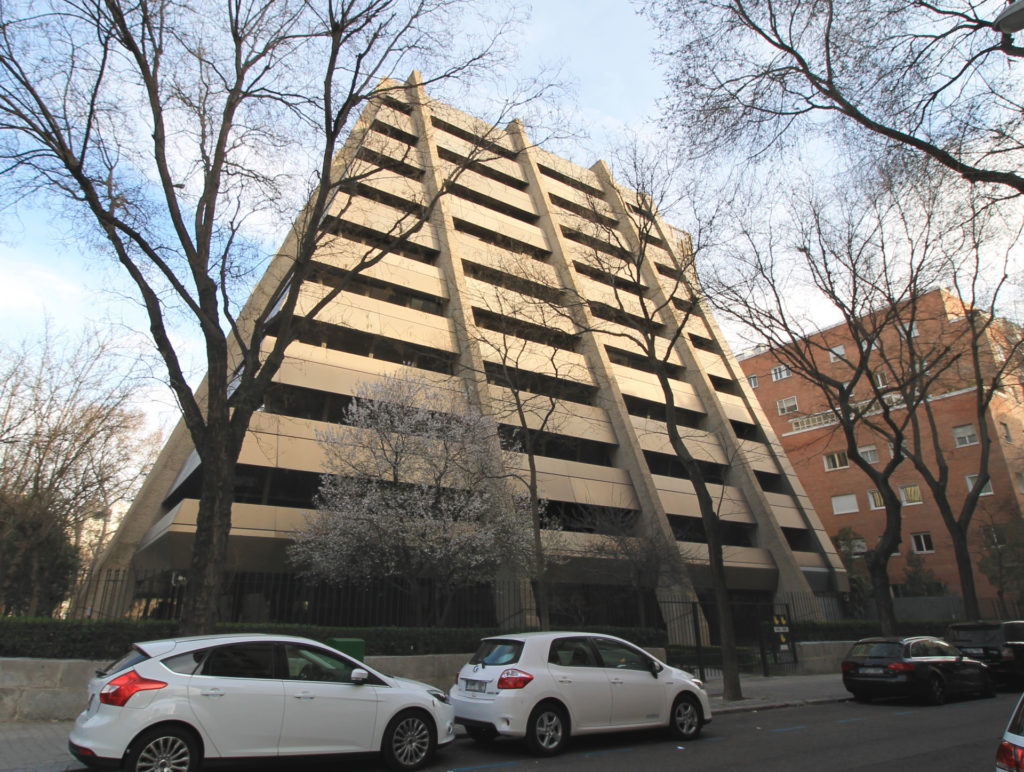
No description yet: Can you help?
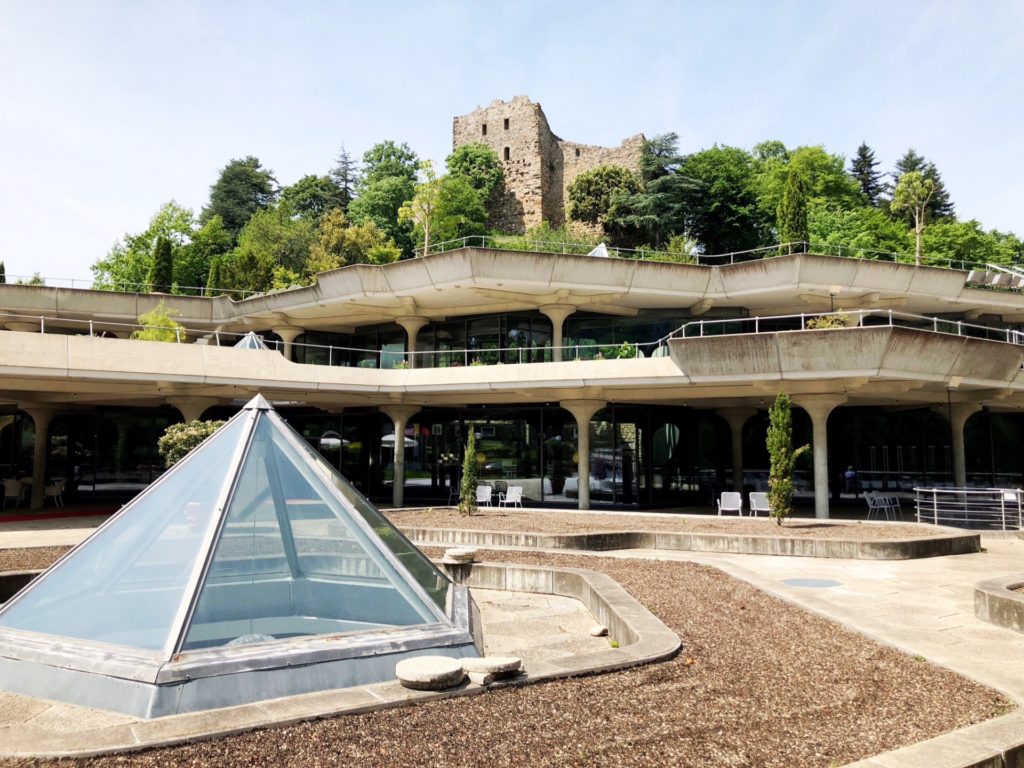
Special thanks to Thomas Prenosil.

Designed as “single family houses on storeys” this cooperative project includes apartments of many sizes to allow for a diverse variety of resident types. Every apartment has its own garden-like terrace. (Special thanks to Alexander Kleinsch…

No description yet: Can you help?
No description yet: Can you help?
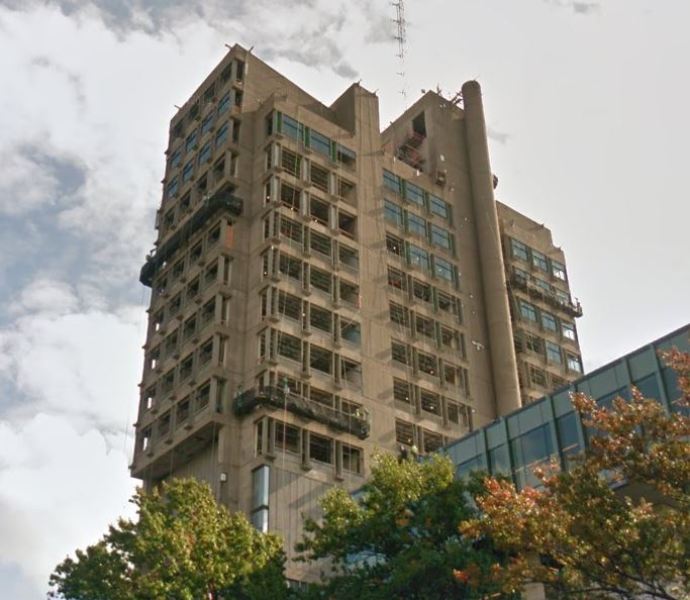
The 18-floor tower was designed by Spanish architect Josep Lluís Sert as a cast in place concrete structure with precast infill panels. Known on Boston University campus as the Pappas Law Tower, the building holds an auditorium, classrooms, moot courtr…

The building was originally occupied by Koospol, the foreign trade business of Czechoslovakia. Since 1989 it has been home to large international firms most notably T-Mobile and Citibank. The panel construction consists of more than 20.000 m² of usabl…
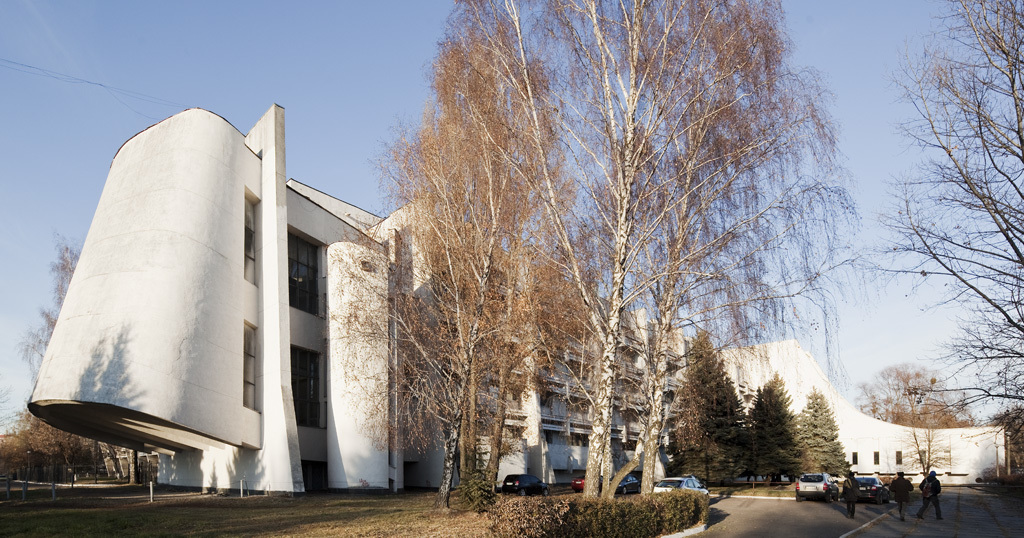
No description yet: Can you help?
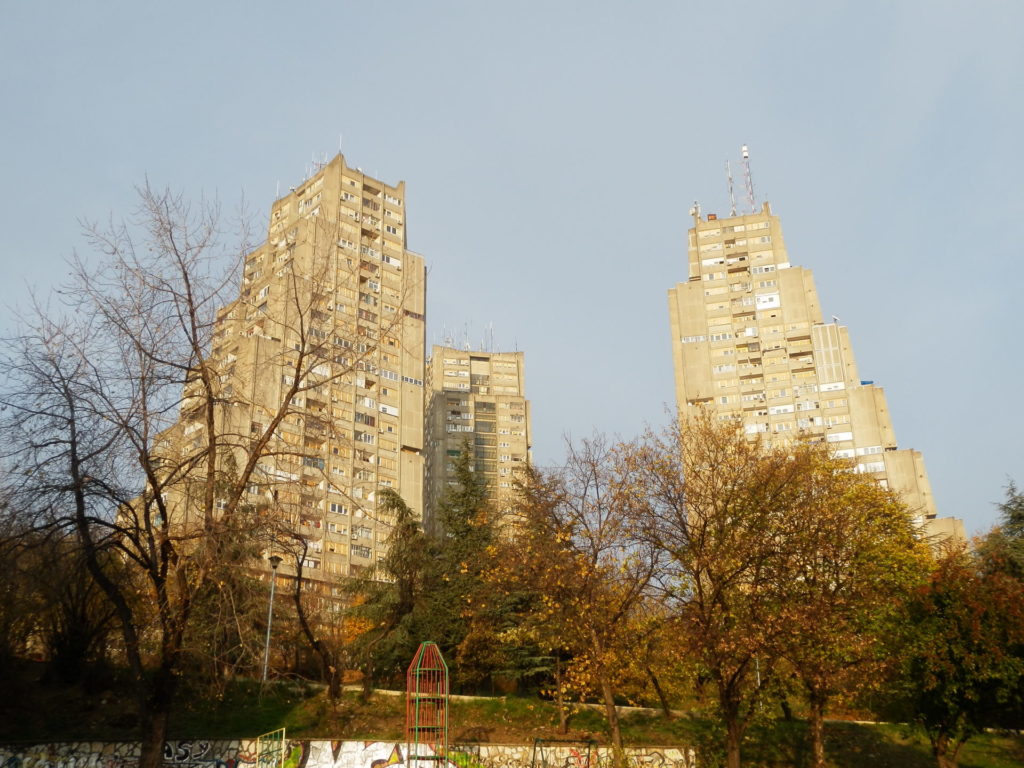
No description yet: Can you help?
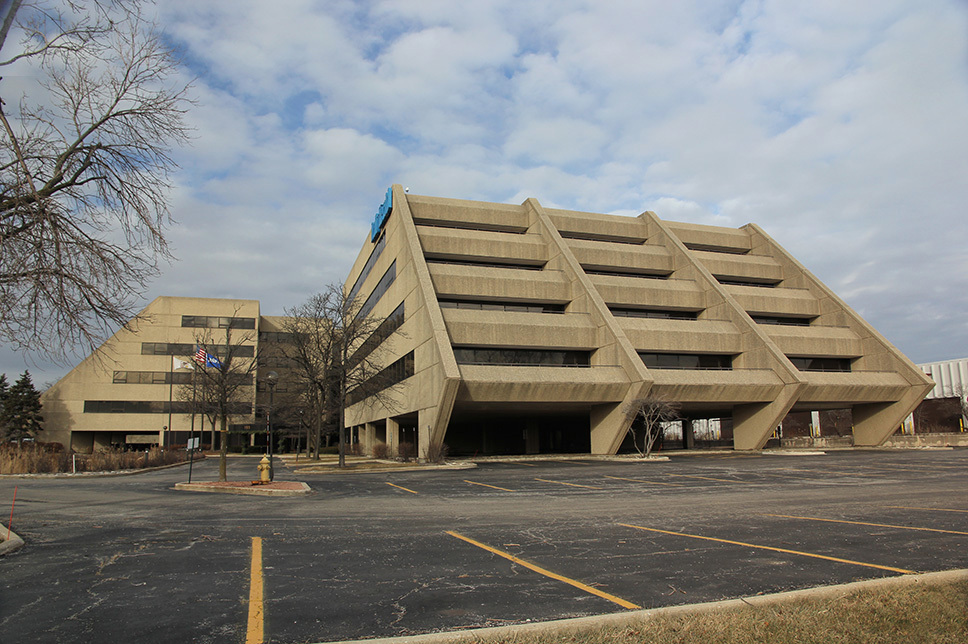
(Special thanks to Kimon Daltas)
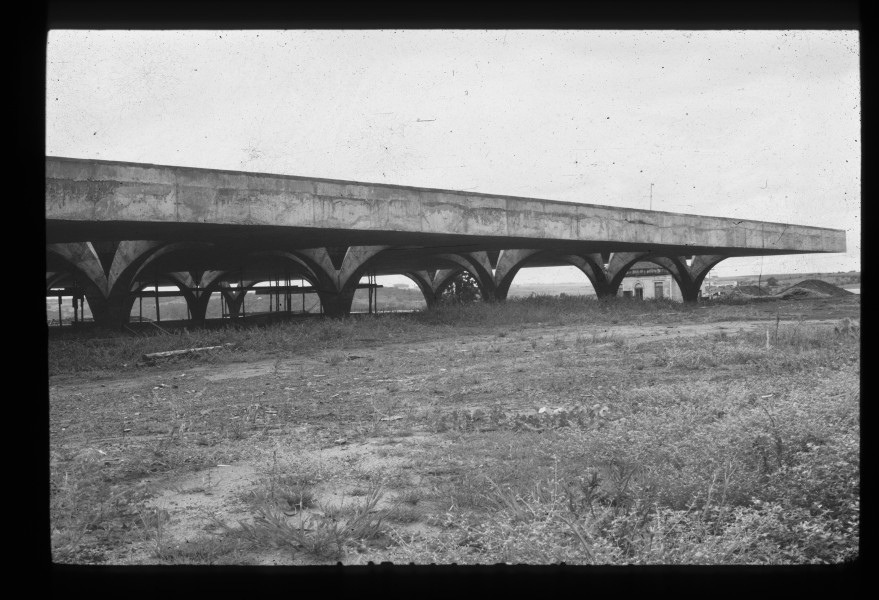
No description yet: Can you help?
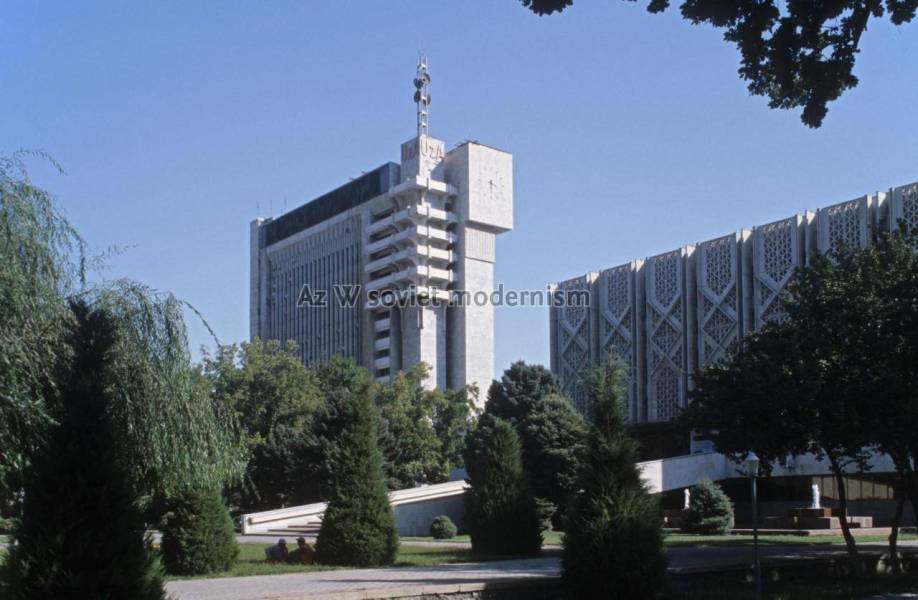
No description yet: Can you help?
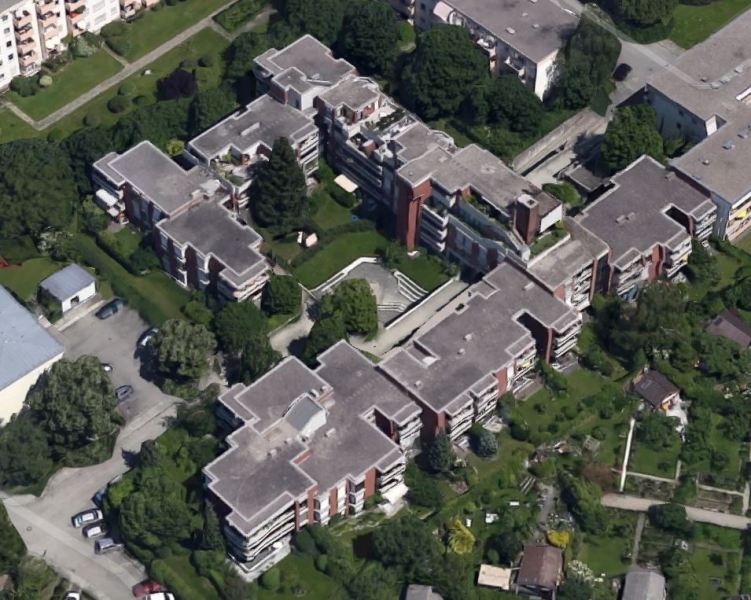
Ackermann’s concept differs from the neighboring perimeter developments by removing the houses from the main street. By continuously offsetting multiple smaller exposed concrete volumes the four to eight story exposed concrete buildings create a dynam…
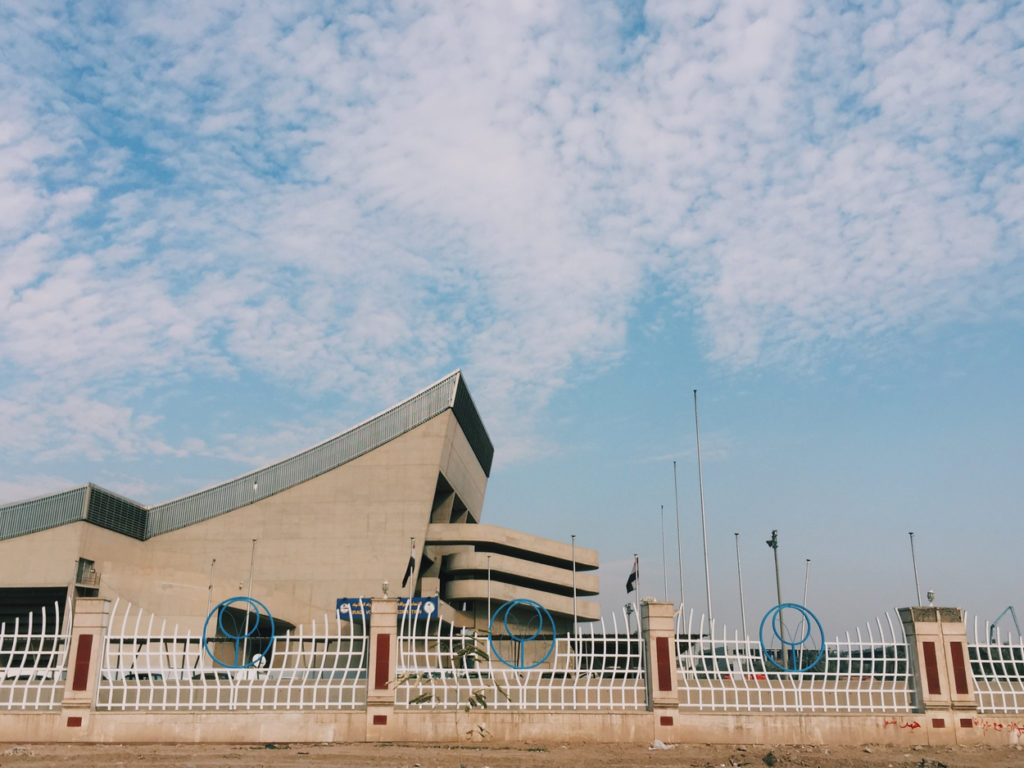
Planned by Le Corbusier for King Faisal II, but then not realized after the latter was overthrown. It was Saddam Hussein who had the building constructed in exposed concrete in 1978–1980, whereby the project was managed by Le Corbusier’s erstwhile s…
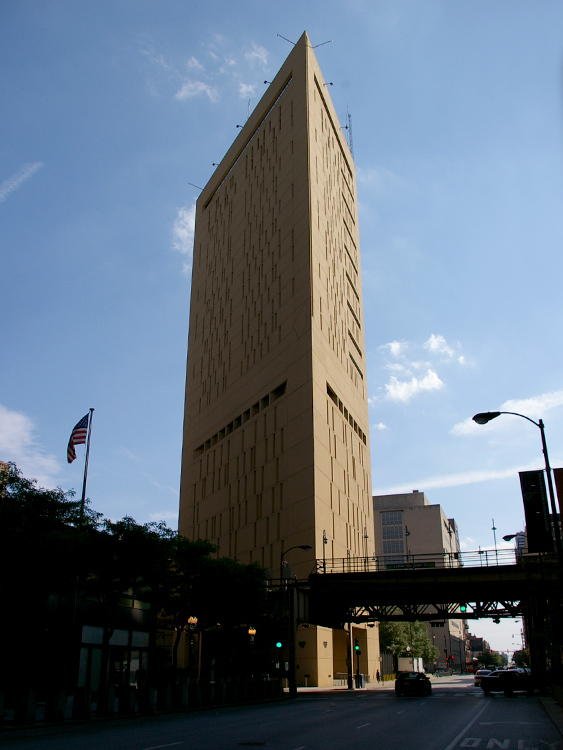
The Metropolitan Correctional Center is a prison built as a high-rise.